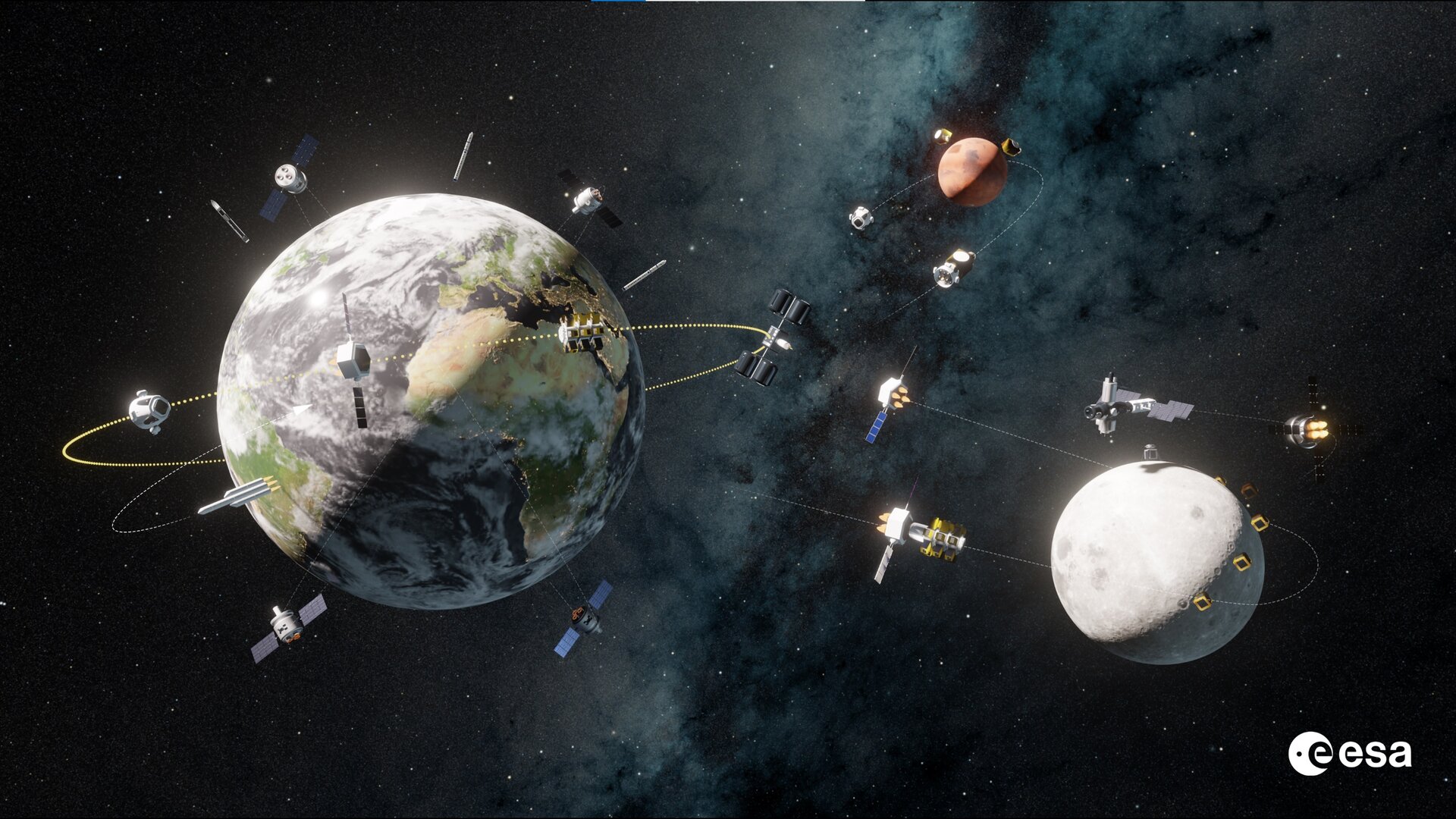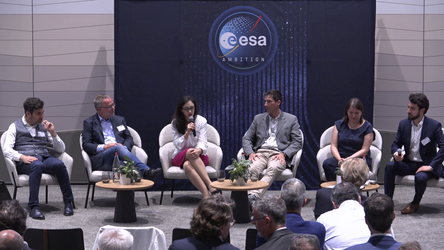

Towards a space transportation ecosystem
Thank you for liking
You have already liked this page, you can only like it once!
On Earth, raw materials and finished goods move from source to destination with the help of a highly developed logistics network. ESA believes the same will be true in space in the future – made possible by a new generation of reusable launchers, in-space delivery vehicles and orbiting fuel depots.
For those vehicles to work together in space, they will need a set of standard interfaces that allow them to rendezvous, transfer payloads, dock and refuel in orbit. Standard interfaces will make it easier for new vehicles to be developed and join the network. ESA believes this system should establish a European standard, so that the transportation network can operate independently of support from outside of Europe.
Helping the European private sector to develop such technological building blocks is an important focus of ESA's Future Launchers Preparatory Programme (FLPP). Indeed, ESA's vision for its own transformation is to become one client among many of an independent and impactful European space industry. In this model, ESA – often working through FLPP – acts as a key enabler.
-
CREDIT
ESA -
LICENCE
ESA Standard Licence

Space transportation ecosystem

Europe’s future space transport ecosystem

image

Future Launchers Preparatory Programme

